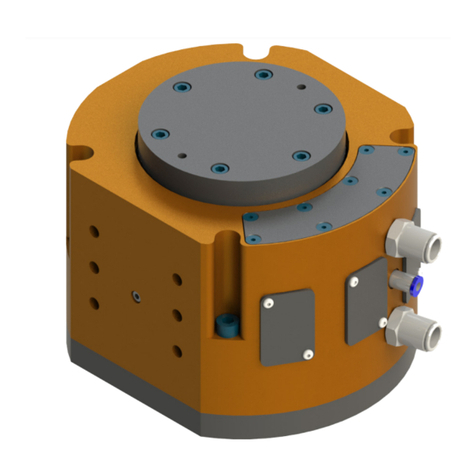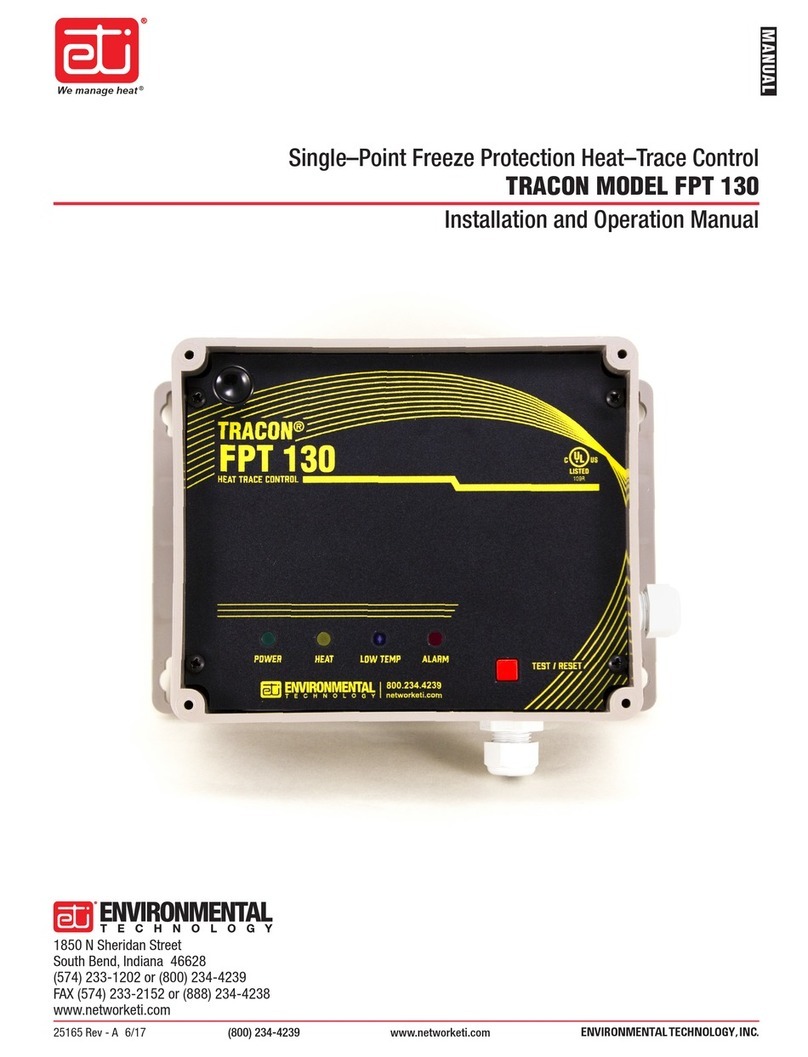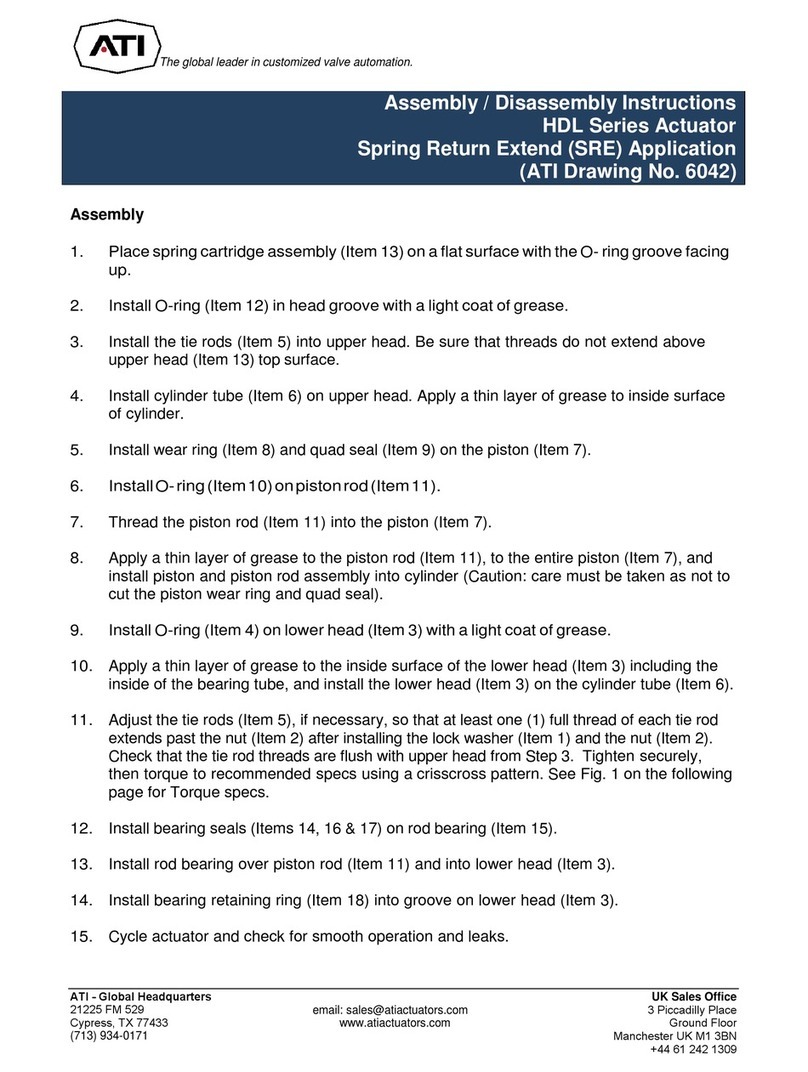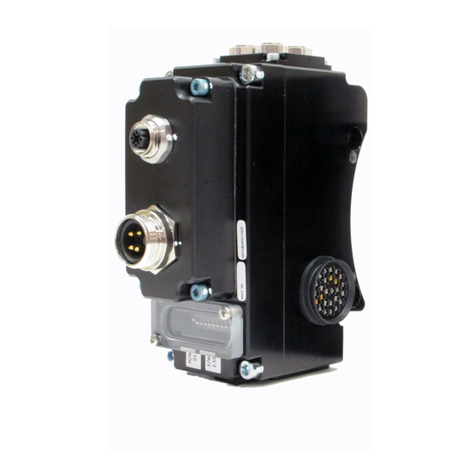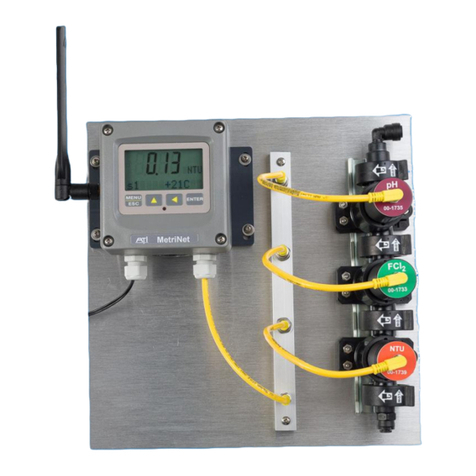
IOM1030 ATI Scotch Yoke M-Series Actuator
2
Table of Contents
1Introduction ....................................................................................................................... 3
1.1 Company Background .............................................................................................................................3
1.2 Scope & Purpose of Manual ....................................................................................................................3
1.3 Company Contact ....................................................................................................................................3
2Reference Documents ........................................................................................................ 4
3Definitions ......................................................................................................................... 4
4Product Description........................................................................................................... 5
4.1 General Description & Typical Applications...........................................................................................5
4.2 Theory of Product Operation ...................................................................................................................5
4.3 Scotch Yoke Actuators ............................................................................................................................5
4.4 Product Specifications .............................................................................................................................6
5Safety Warnings ................................................................................................................ 8
5.1 Personnel Requirements ..........................................................................................................................8
5.2 Potential Hazards .....................................................................................................................................9
6Handling and Storage.......................................................................................................10
6.1 Receiving the Product............................................................................................................................10
6.2 Storage and Preservation .......................................................................................................................10
7Installation Instructions...................................................................................................11
7.1 Scotch Yoke/Quarter-Turn Actuators ....................................................................................................11
7.2 Setting the Stroke Length ......................................................................................................................11
8Preparation for Start-up...................................................................................................12
8.1 Hydraulic Oil Use ..................................................................................................................................12
8.2 Hydraulic & Pneumatic Connections.....................................................................................................12
8.3 Limit Switch Instructions.......................................................................................................................12
8.4 Start-up ..................................................................................................................................................12
9Maintenance & Operation ................................................................................................13
Safety Reminder..................................................................................................................................................13
9.1 Routine Maintenance .............................................................................................................................13
9.2 Double Acting Disassembly ..................................................................................................................14
9.3 Spring Return Disassembly ...................................................................................................................14
9.4 Seal Replacement...................................................................................................................................14
9.5 Double Acting Reassembly ...................................................................................................................15
9.6 Spring Return Reassembly.....................................................................................................................16
9.7 Double-Acting Operation ......................................................................................................................16
9.8 Spring Return Operation........................................................................................................................17
9.9 Lubricating Mechanism .........................................................................................................................17
9.10 Parts Ordering........................................................................................................................................18
10 Disposal.............................................................................................................................19
11 Terms and Conditions/Warranty .....................................................................................20
12 Revision Record ................................................................................................................22
Appendices
